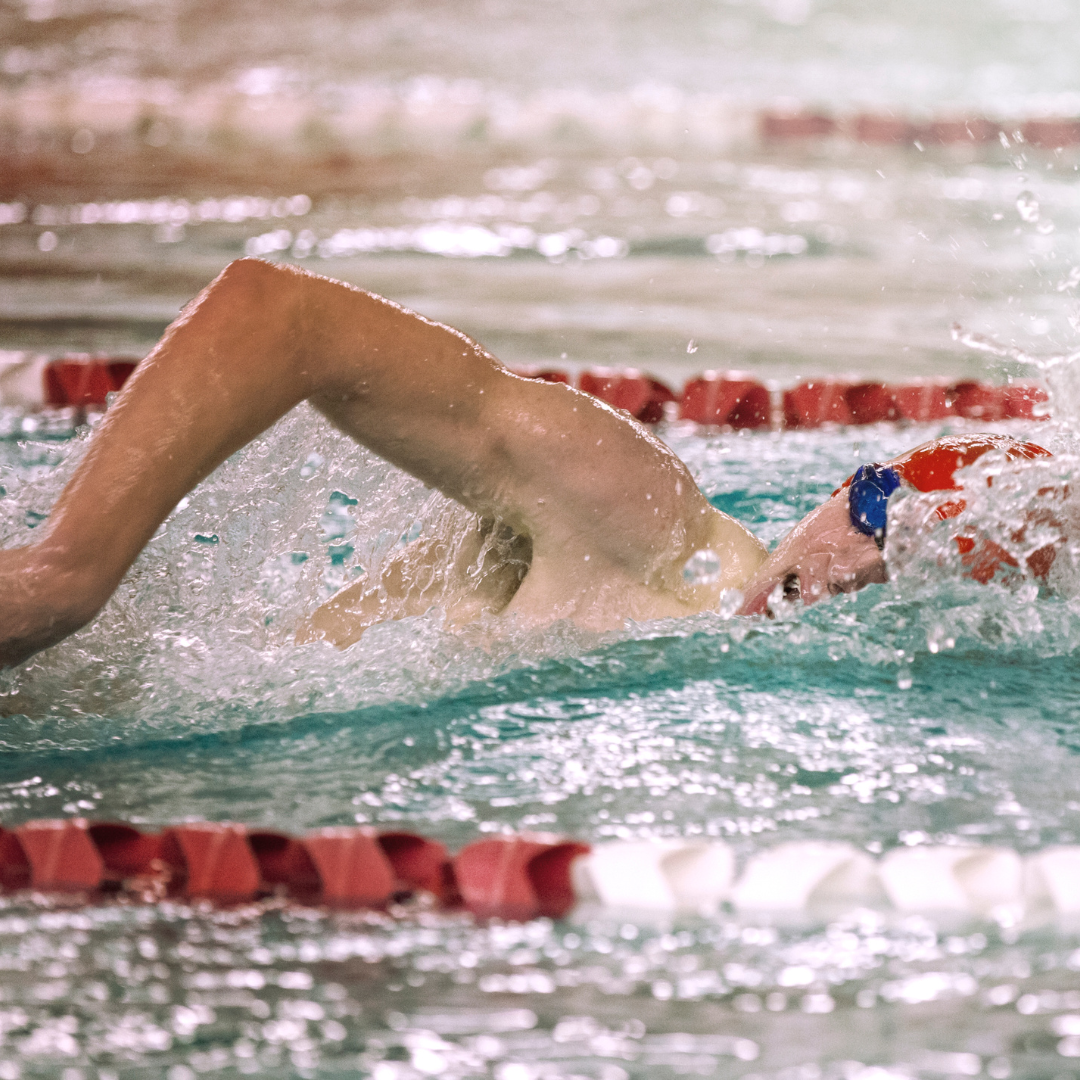Weekly Newsletter
Curated articles every weekApplied Sports Science Weekly Digest #384


Frontiers in Sports and Active Living | December 2024
Skiing quality analysis of recreational skiers based on IMU data and self-assessment
“Alpine skiing is a popular sport in many countries and holds benefits in terms of health and well-being. At the same time alpine skiing is associated with a certain risk of accidents caused, among other things, by overestimating one’s own skiing skills.”

Frontiers in Sports and Active Living | December 2024
Virtual reality boxing: impact of gaze-contingent blur on elite boxers performance and gaze behavior
“It is essential in combat sports such as boxing for athletes to perceive the relevant visual information that enables them to anticipate and respond to their opponent’s attacking and defensive moves.“

Frontiers in Sports and Active Living | December 2024
Developing the aquaticity level in healthy adolescents. A randomized control study
“Essential to water competence aquaticity skills can be advanced using simple aquaticity training games that can improve water confidence and reduce drowning related accidents.“

Journal of Exercise Science & Fitness | December 2024
Physical fitness assessment tools for children with developmental coordination disorder and their feasibility for low-income settings: A systematic review
“The findings evidenced several viable tools for testing physical fitness in children with DCD compared to typically developing peers from low-income countries.“

Journal of Exercise Science & Fitness | December 2024
Effects of traditional Chinese exercises on brain-derived neurotrophic factor in middle-aged and older adults: A systematic review and meta-analysis of randomized controlled trials
“This systematic review and meta-analysis indicates that TCEs intervention could increase the levels of BDNF in middle-aged and older adults with normal cognitive function.“
Newsletter History
Applied Sports Science Weekly Digest #347
Frontiers in Sports and Active Living | April 2024Integrative function of proprioceptive system in the acute effects of whole body vibration on the movement performance in young adults "Efficacy of WBV and FMSE on COP performance indicates a high sensitivity of...
Applied Sports Science Weekly Digest #346
Frontiers in Sports and Active Living | April 2024Temporary meniscus extrusion is caused by cumulative stress from uphill and downhill tasks in healthy volunteers"Temporary extrusion of the meniscus occurred after uphill/downhill tasks in healthy volunteers, and its...
Applied Sports Science Weekly Digest #345
Frontiers in Sports and Active Living | April 2023Judo for older adults: the coaches' knowledge and needs of education"Our study highlights the crucial role of coaches' knowledge and education needs in facilitating effective and safe judo programs for older adults....
Research Articles
Suggested articles for further readingBODY COMPOSITION
Jackson, A and Pollock, M. Generalized equations for predicting body density of men. British Journal of Nutrition. 1978;40:497-504. Abstract
Siri, W. Body composition from fluid space and density. Brozek & A. Hanschel (Eds.), Techniques for measuring body composition. 1961;223-244. Abstract
Brozek, J, Grande, F, Anderson, J, and Keys, A. Densitometric analysis of body composition: Revision of some quantitative assumptions. Annals of the New York Academy of Sciences. 1963;110:113-140. Abstract
INJURY PREVENTION IN YOUTH ATHLETES
Chu, D., A. Faigenbaum, and J. Falkel. Progressive Polymetrics for Kids. Monterey, CA: Healthy Learning. 2006
Hewett, T. G. Myer, and K. Ford. Reducing knee and anterior cruciate ligament injuries among female athletes. J Knee Surg 18:82-88. 2005.
Micheli, L. Preventing injuries in sports: What the team physician needs to know. In: F.I.M.S. Team Physician Manual, 2nd ed., K. Chan, L. Micheli, A. Smith, C. Rolf, N. Bachl, W. Frontera, and T. Alenabi, eds. Hong Kong: CD Concept. 2006. pp. 555-572.
RPE (RATING OF PERCEIVED EXERTION)
Pandolf, K, Billings, D, Drolet, L, Pimental, N, and Sawka, M. Differentiated ratings of perceived exertion and various physiological responses during prolonged upper and lower body exercise. European Journal of Applied Physiology and Occupational Physiology. 1984;53:5-11. Abstract
Baden, D, McLean, T, Tucker, R, Noakes, T, and St Clair Gibson, A. Effect of anticipation during unknown or unexpected exercise duration on rating of perceived exertion, affect, and physiological function. J Sports Med. 2005;39:742-746. Abstract
SLEEP
For a more thorough list about sleep, check out Fatigue Science’s extensive research page.
Russel, C., PhD, J.A., PhD, Arand, D., PhD, Myers, L.J., PhD, Wubbels, P., BS, and Downs, H., PhD. Validation of the Fatigue Science Readiband™ Actigraph and Associated Sleep/Wake Classification Algorithms. Archinoetics, LLC.
Globe and Mail. The Globe and Mail, 31 Dec. 2014. Web. 13 Apr. 2015. Article
Mah CD; Mah KE; Kezirian EJ; Dement WC. The effects of sleep extension on the athletic performance of collegiate basketball players. SLEEP 2011;34(7):943-950.
GPS (GLOBAL POSITIONING SYSTEM)
Varley M, Fairweather I and Aughey R. Validity and reliability of GPS for measuring instantaneous velocity during acceleration, deceleration and constant motion. Journal of Sports Sciences. 2012;30(2):121-127. Abstract
Boyd L, Ball K and Aughey R. Quantifying external load in Australian football matches and training using accelerometers. I J Sports Phys and Perf. 2013;8(1):44-51. Abstract
Gabbett T. Quantifying the physical demands of collision sports; does microsensor technology measure what it claims to measure? J Strength and Conditioning Research. 2013;27(8):2319-2322. Abstract
HYDRATION
For a thorough list of publications about hydration, visit the Gatorade Sports Science Institute Publications page.
Osterberg, K, Horswill, C, and Baker, L. Pregame urine specific gravity and fluid intake by National Basketball Association players during competition. Journal of Athletic Training – J ATHL TRAINING. 2009 01-02;44(1):53-7. Abstract
Godek, S, Peduzzi, C, Burkholder, R, Condon, S, Dorshimer, G, and Bartolozzi, A. Sweat rates, sweat sodium concentrations, and sodium losses in 3 groups of professional football players. Journal of Athletic Training. 2010 Jul-Aug; 45(4): 364–371. Abstract
WELLNESS QUESTIONNAIRE
Hooper, S, Mackinnon, L. Monitoring overtraining in athletes: recommendations. Sports Med. 1995;20(5):321–327.
McLean, B, Coutts, A, Kelly, V, McGuigan, M, and Cormack, S. Neuromuscular, endocrine, and perceptual fatigue responses during different length between-match microcycles in professional rugby league players. International Journal of Sports Physiology and Performance. 2010;5:367-383. Abstract
HRV (HEART RATE VARIABILITY)
Holman, A and Ng, E. Heart rate variability predicts anti-tumor necrosis factor therapy response for inflammatory arthritis. Auton Neurosci. 2008;143:58-67. Abstract
Fomin, R and Nasedkin, V. Effective management of athlete preparation: a comprehensive approach to monitoring of athlete’s individual readiness. White paper, Omegawave, ePub. 2013.
FORCE PLATE
Linthorne, N. Analysis of standing vertical jumps using a force platform. American Journal of Physics. 2001. Abstract
Guillaume L, Wagner P, and Tombleson T. Countermovement jump height: gender and sport-specific differences in the force-time variables. Journal of Strength and Conditioning Research. 2013. Abstract
ithlete. Guide to training with heart rate variability (HRV). HRV Fit Ltd. 2012. Download
